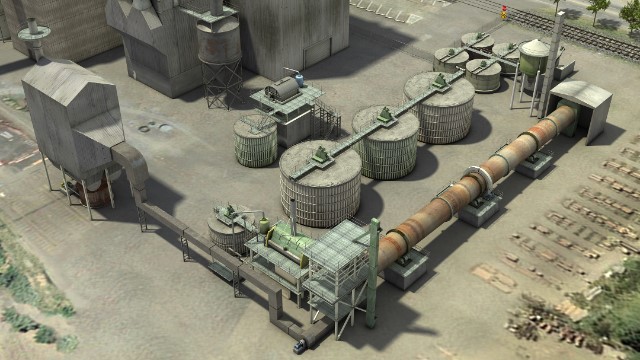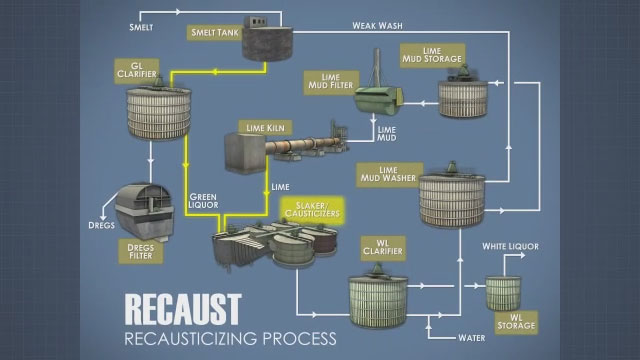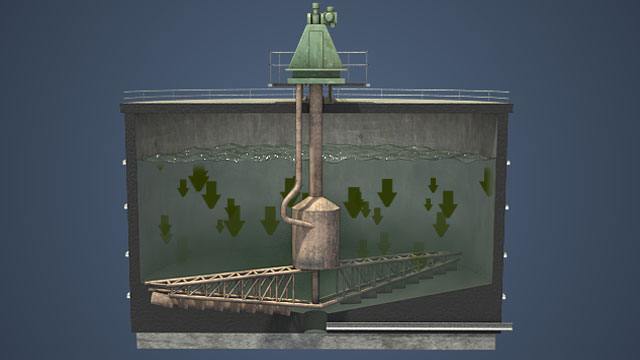




Recausticizing Fundamentals
Includes an overview of the kraft pulping process and recausticizing system, and describes how recaust converts the chemicals in spent cooking liquor back to their original form. It describes the major equipment and processes, including the slaking, causticizing, and calcining reactions.
Request a demoCourse Details
Learning Objectives
• Describe the kraft pulping process
• Describe the role of chemical recovery and recausticizing systems in the kraft pulping process
• Identify flows and major equipment in the recausticizing system
• Describe the chemical reactions that occur during pulping and in the recausticizing system
• Identify the components of the strong black liquor sent to the recovery boiler
Specs
| Course Level | Intermediate |
| Languages | English, Portuguese, French, Polish, Russian |
| Compatibility | Audio, Video |
| Based on: | Industry Standards and Best Practices |
Key Questions
What is the source of green liquor?
Green liquor is created from spent inorganic cooking chemicals in the recovery boiler, or smelt, that is combined with “”weak wash”” in the dissolving tank under the recovery boiler.
What is slaking?
Slaking is the reaction that occurs when solid lime, or calcium oxide is added to water, creating calcium hydroxide.
What is causticizing?
Causticizing is a reaction in which sodium carbonate in green liquor reacts with calcium hydroxide from the slaker to form sodium hydroxide and calcium carbonate.
What is calcining?
Causticizing is a reaction in which sodium carbonate reacts with oxygen to form calcium oxide, or lime.
What are grits?
Grits are insoluble compounds, most of which come from purchased lime, which collect in the slaker and need to be removed and disposed of.
Sample Video Transcript
Now that we have discussed the role of the recausticizing system in the kraft pulping process, we will detail the system equipment and operations, starting with the green liquor clarifier and ending at the lime kiln. The green liquor clarifier purifies the green liquor from the smelt dissolving tank before it enters the recaust system. A sedimentation clarifier is typically used. A sedimentation clarifier is a tank or basin that provides the time necessary for suspended solids in a liquid to settle out. The small solid particles that are suspended in the green liquor are called dregs. Once the dregs have settled out, they can be removed from the bottom of the clarifier by a rake mechanism and center sludge outlet. After the clarifier, the dregs are washed and filtered on the dregs filter, which recovers most of the valuable cooking chemicals they contain. Finally, they are discharged from the system as waste.
Course Applies To
Demos + Pricing
Learn more about our courses, get pricing, and see our platform.











